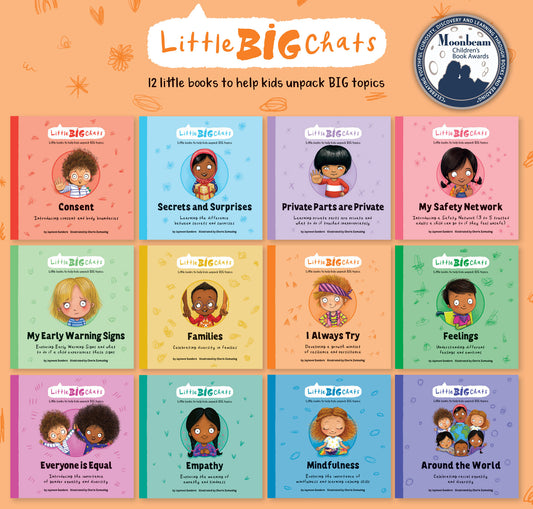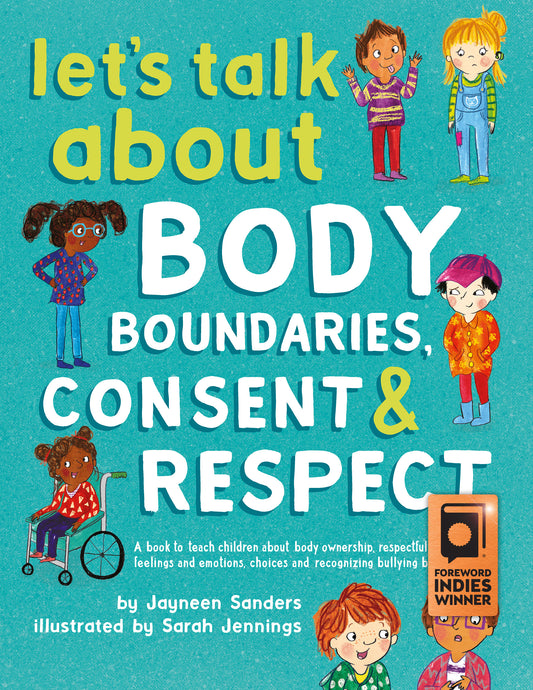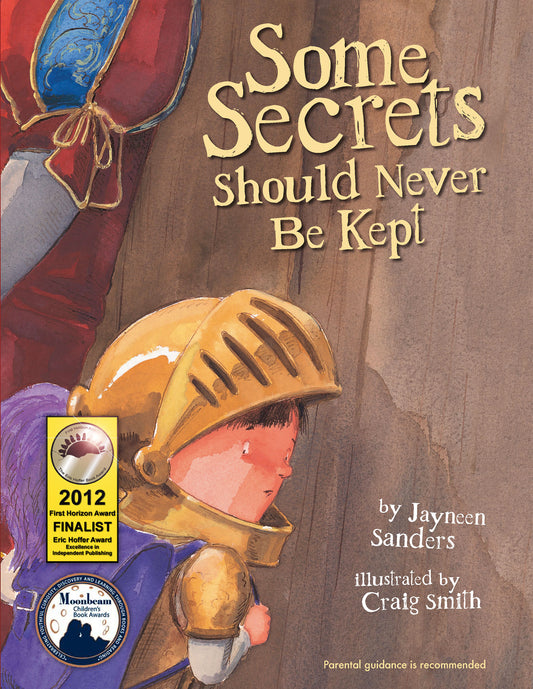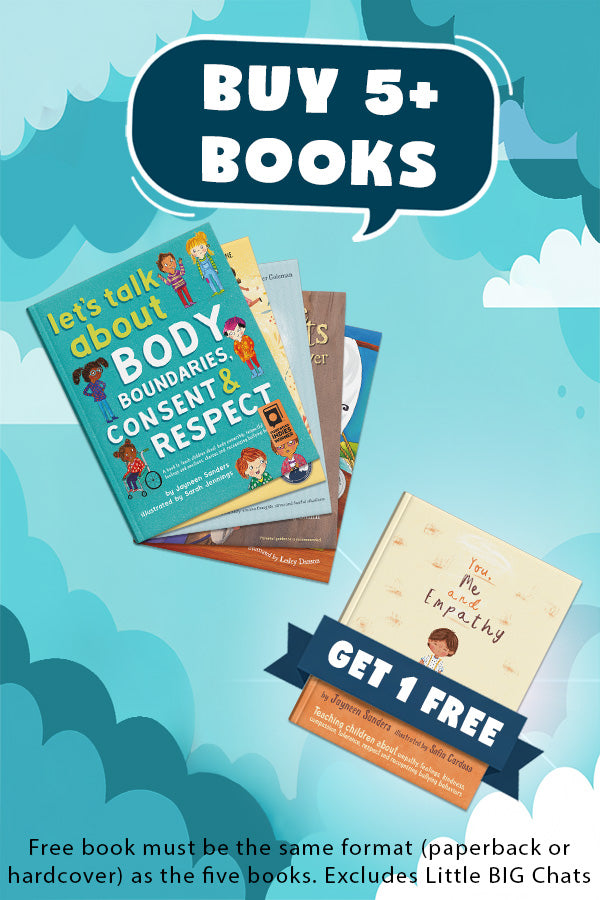We regularly get asked by parents and carers. “When should I start teaching my child about consent and body safety?” It’s an excellent question.
Below is an approximate guide on when to begin conversations with your child around consent and Body Safety. All children are different, and you know your child best, so also be guided by their ability to focus and the questions they ask. These conversations are ongoing and can happen over years. Use their questions, family discussions, children’s books, and situations that may occur to have open and ongoing conversations. Everyday situations that may arise, can be teaching and learning opportunities.
Birth to 2 years
• Use the correct terms for your child’s private parts from Day 1.
• Tell your child what you are doing to their body and why e.g. ‘I’m just putting your socks on so your feet will be warm.’
• Validate their feelings, e.g. ‘I can see you are sad, but I need to go shopping. I’ll be back very soon. Gran will take good care of you.’
• Note your child’s body language, e.g. if you are playing a tickling game and you can see from their body language they don’t like it, stop immediately.
• Ensure health professionals talk to your child about what they are doing to their body and always ask for consent before entering your child’s body boundary.
2 years to 3 years (verbal)
• Introduce the term ‘body boundary’ — the invisible space around our bodies. Explain that everyone needs to ask for consent before entering another person’s body boundary.
• Let your child know they can say, ‘No’ to kisses and hugs if they want to. How they greet another person is always their choice.
• Let your child know they can say, ‘No’ to tickling games and inform adults (or older children) when your child says, ’Stop!’ they need to stop immediately.
• Ensure health professionals ask for your child’s consent.
• Let your child have choice and agency wherever possible, and if it is safe to do so.
3 years to 6 years+
• Continue to reinforce the concepts of body boundaries and consent.
• Formally (and over a number of sessions) teach your child about: feeling safe and feeling unsafe; Early Warning Signs; a Safety Network; the difference between secrets and surprises; the difference between safe and unsafe touch; private parts are private and what to do if they are touched inappropriately, see inappropriate images or someone asks them to touch their private parts.
We have a comprehensive list of children’s books on these topics to help you guide your child’s learning.
-
Body Safety Education – A Parent’s Guide to Protecting Kids from Sexual Abuse
From our Little BIG Chats series:
Note: The most vulnerable age for children to be exposed to sexual assault is between 3 and 8 years. (Brown & Lynch, 1994)
It is never too early to begin these conversations.






